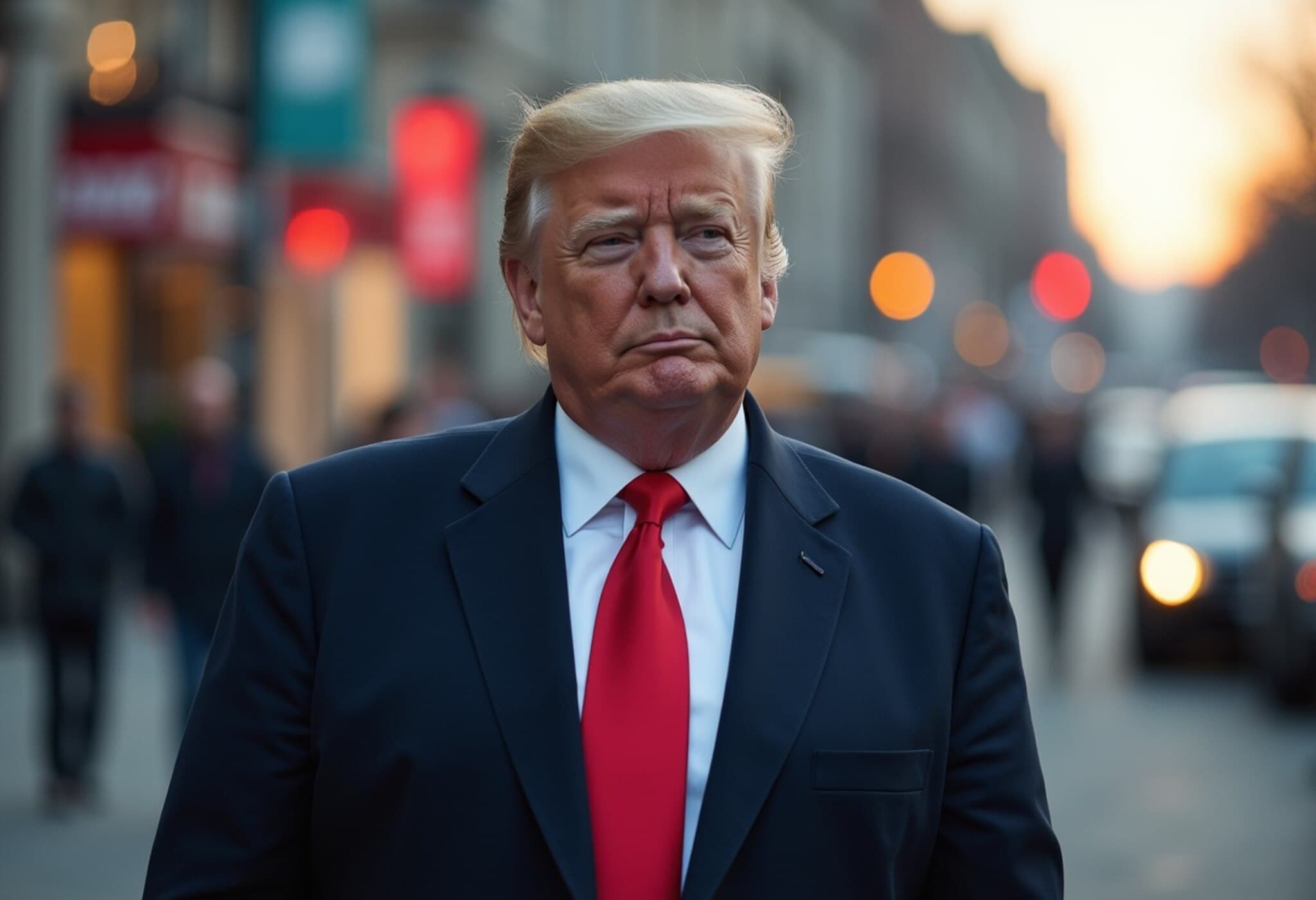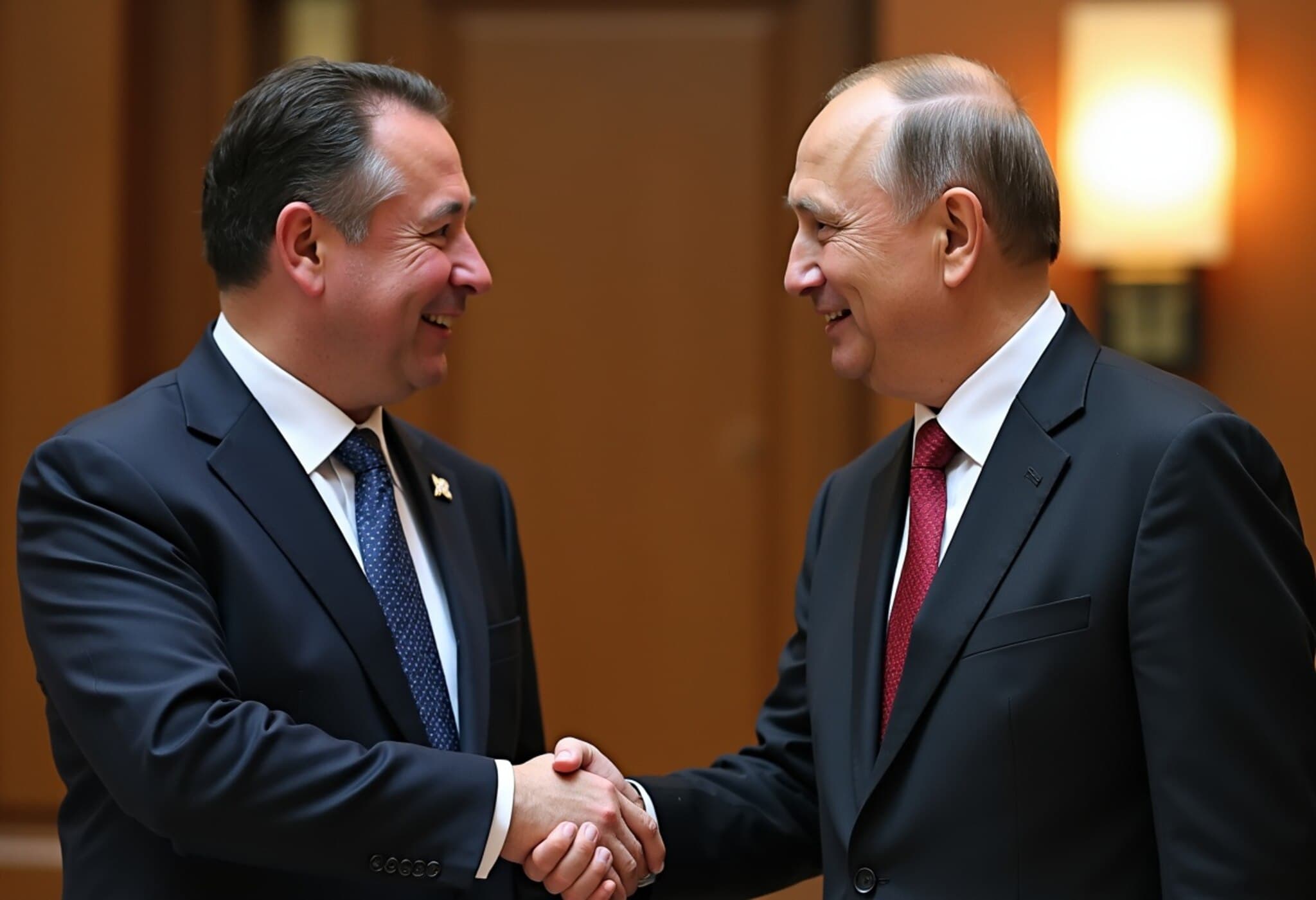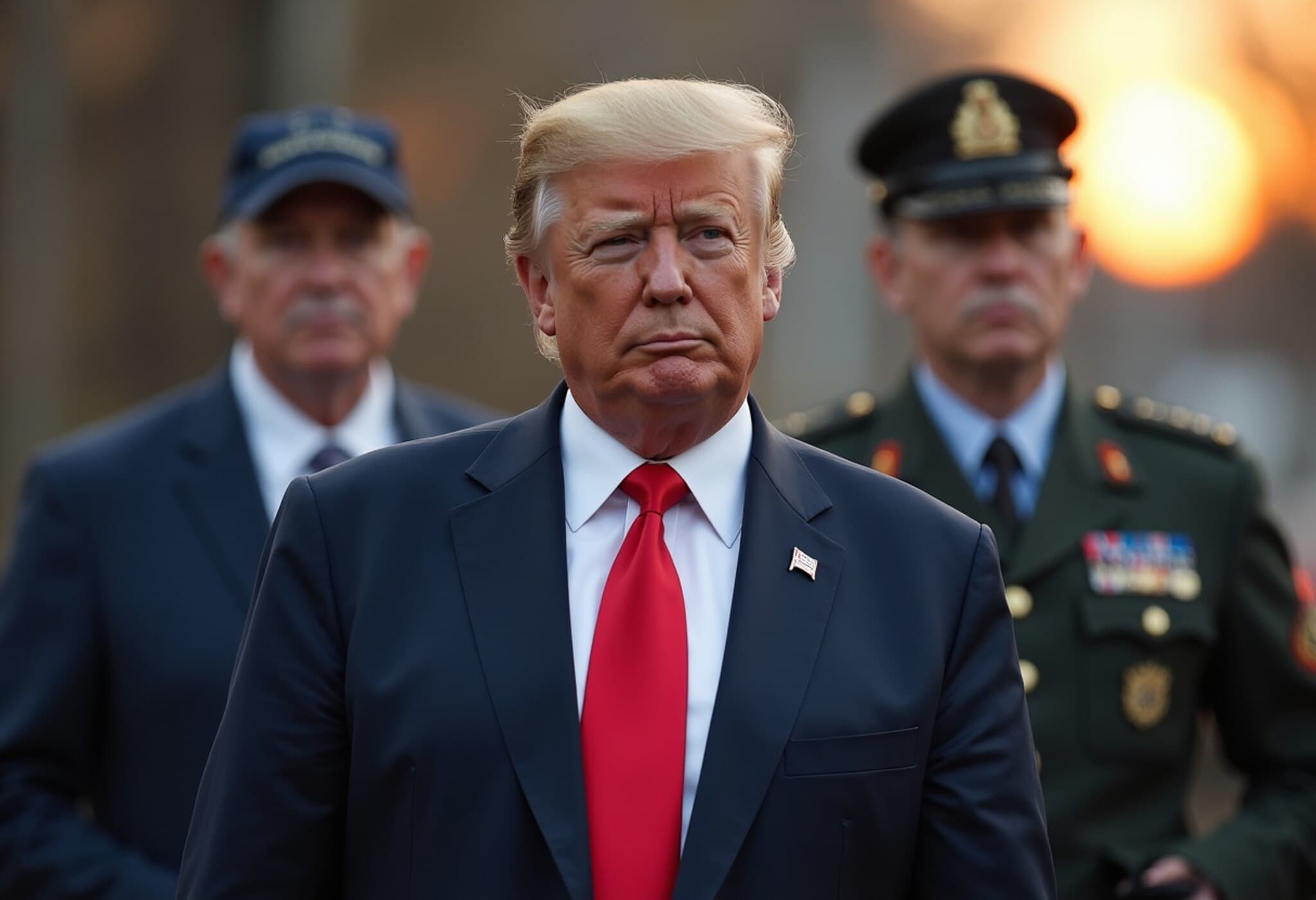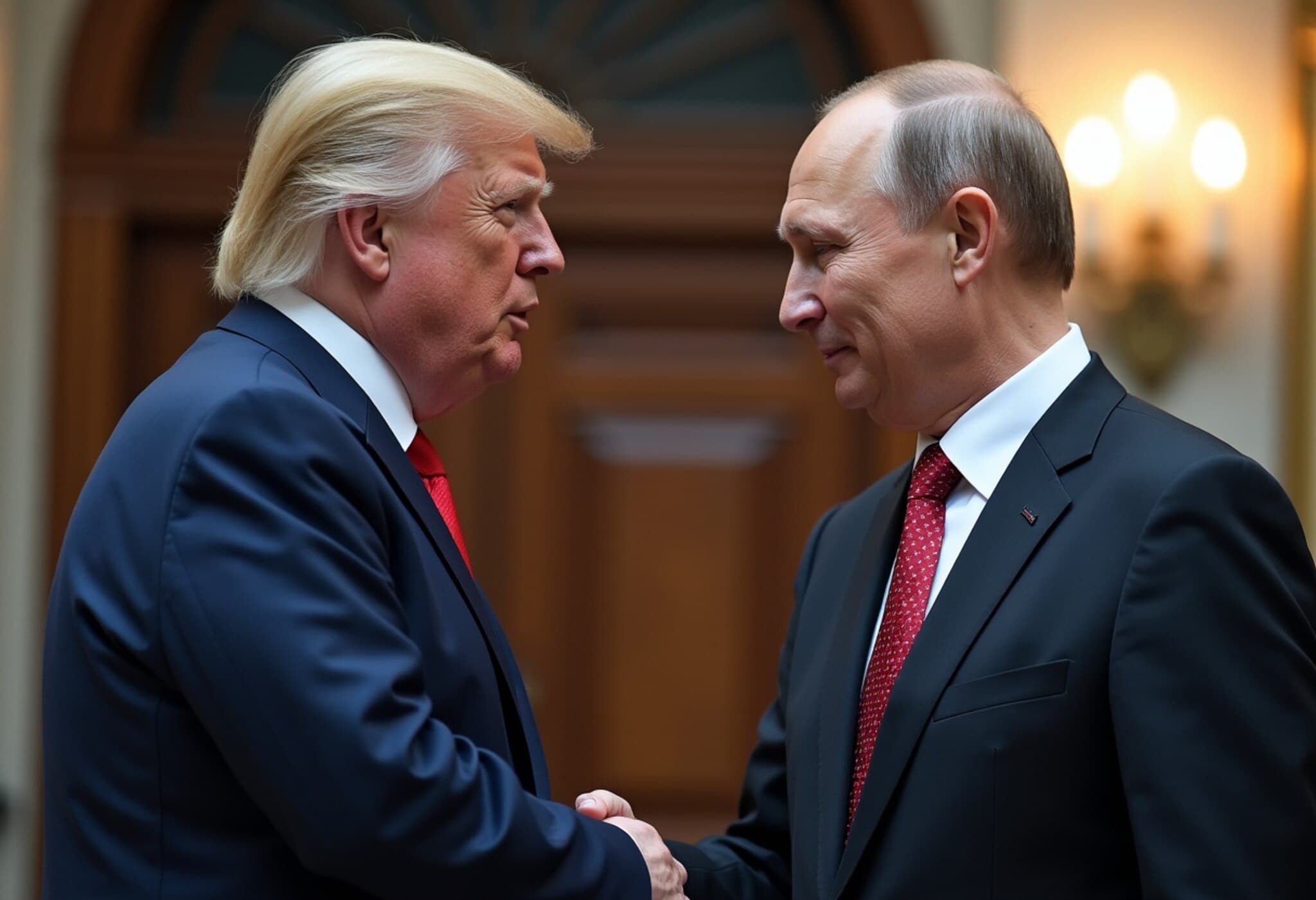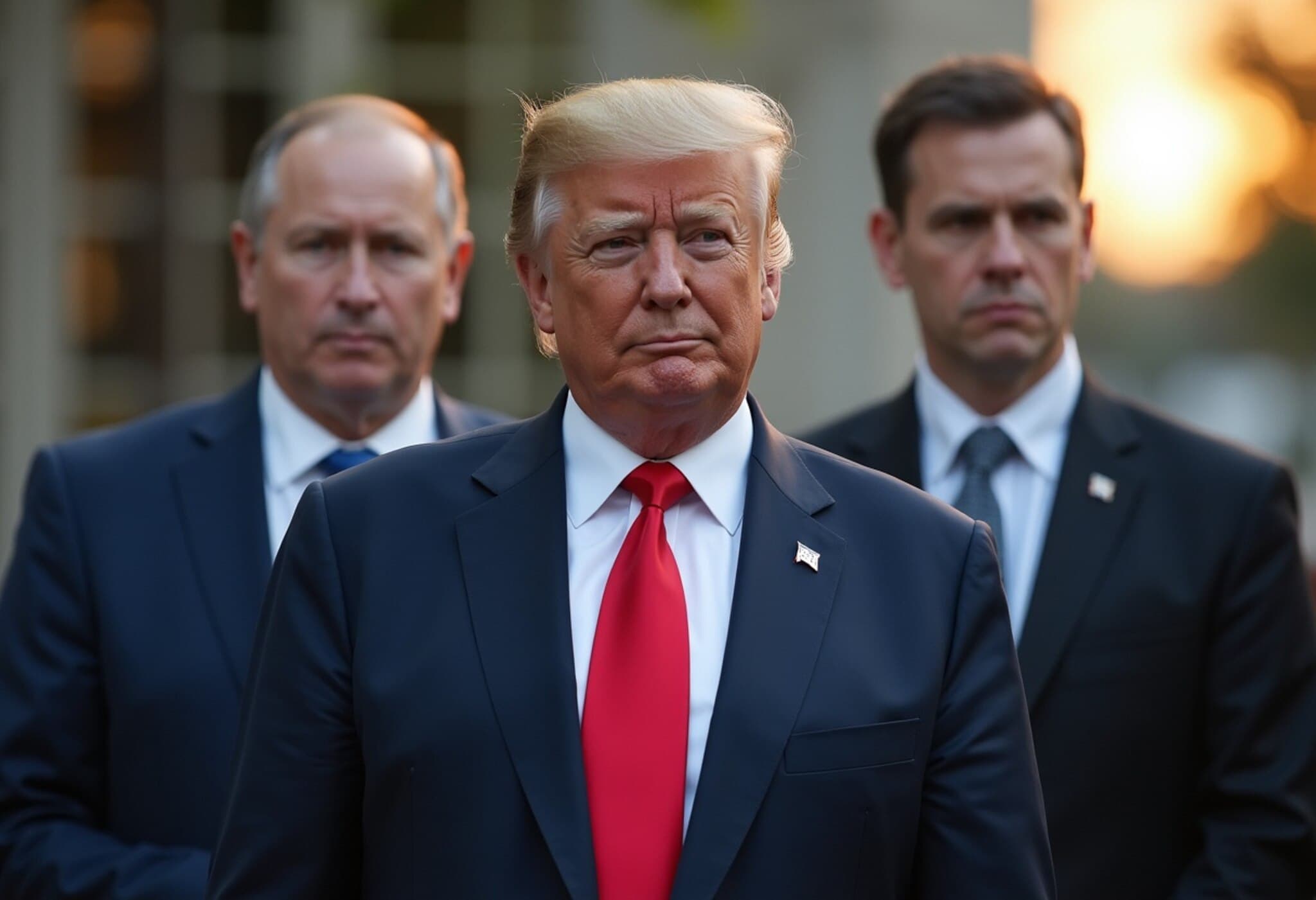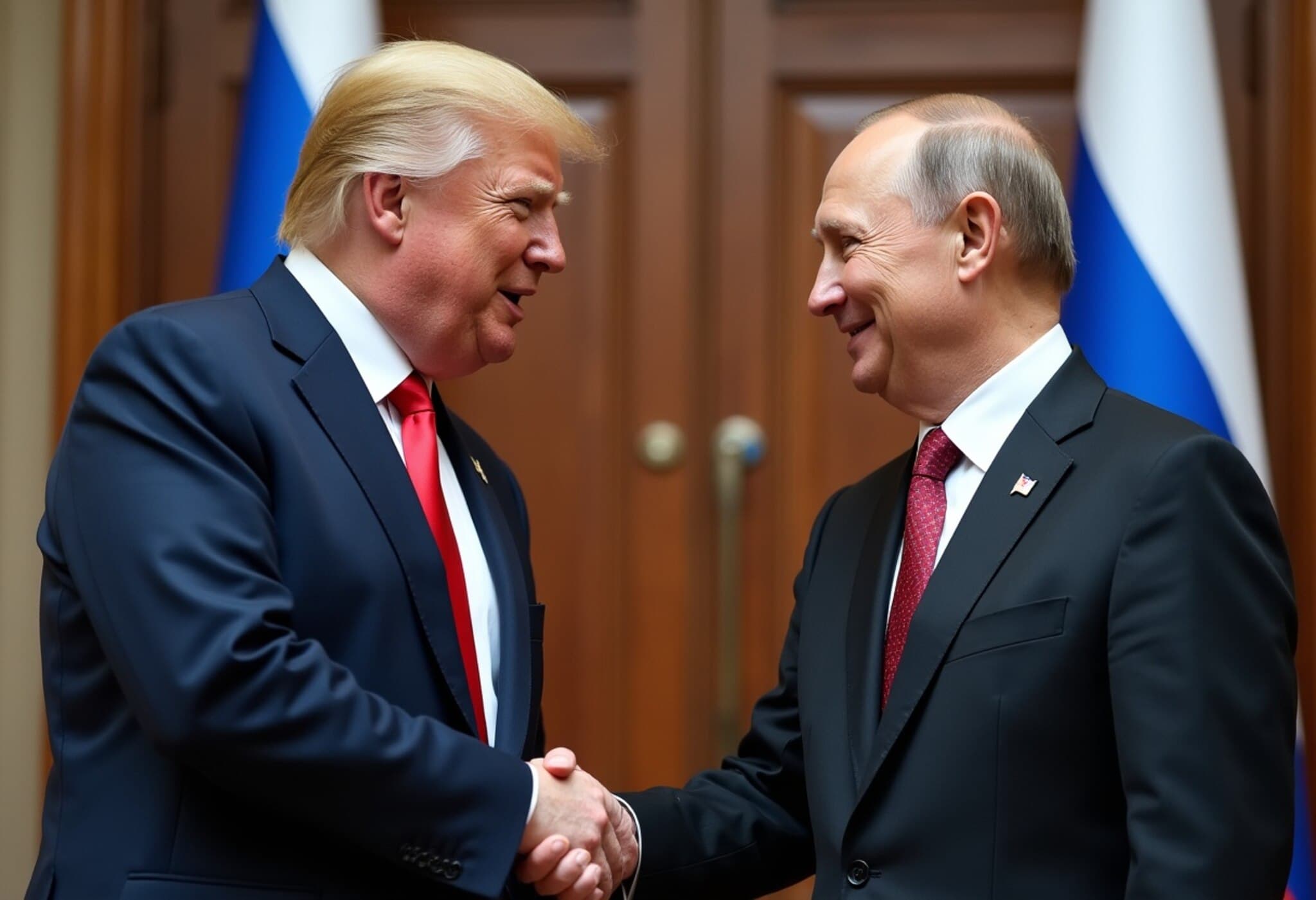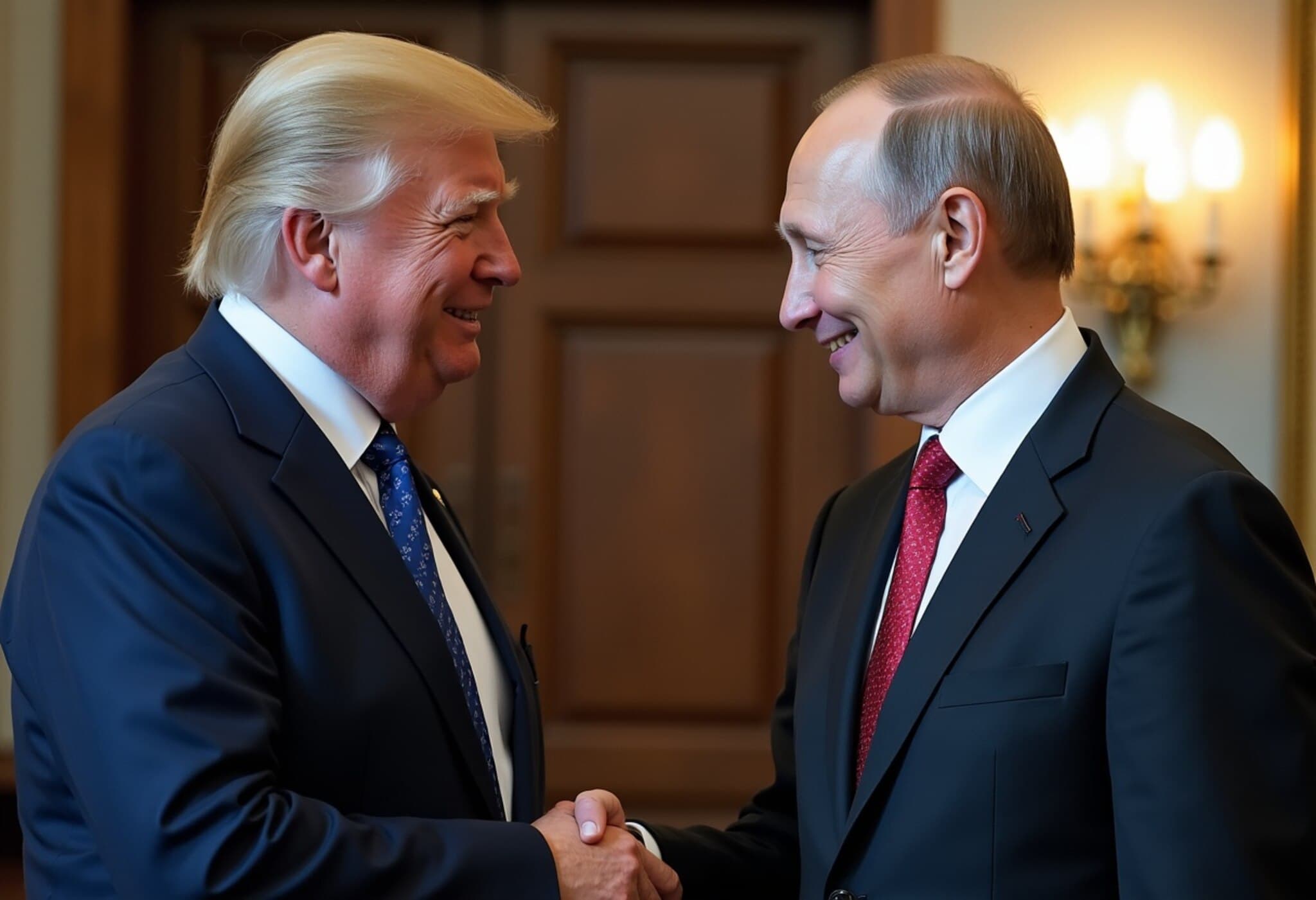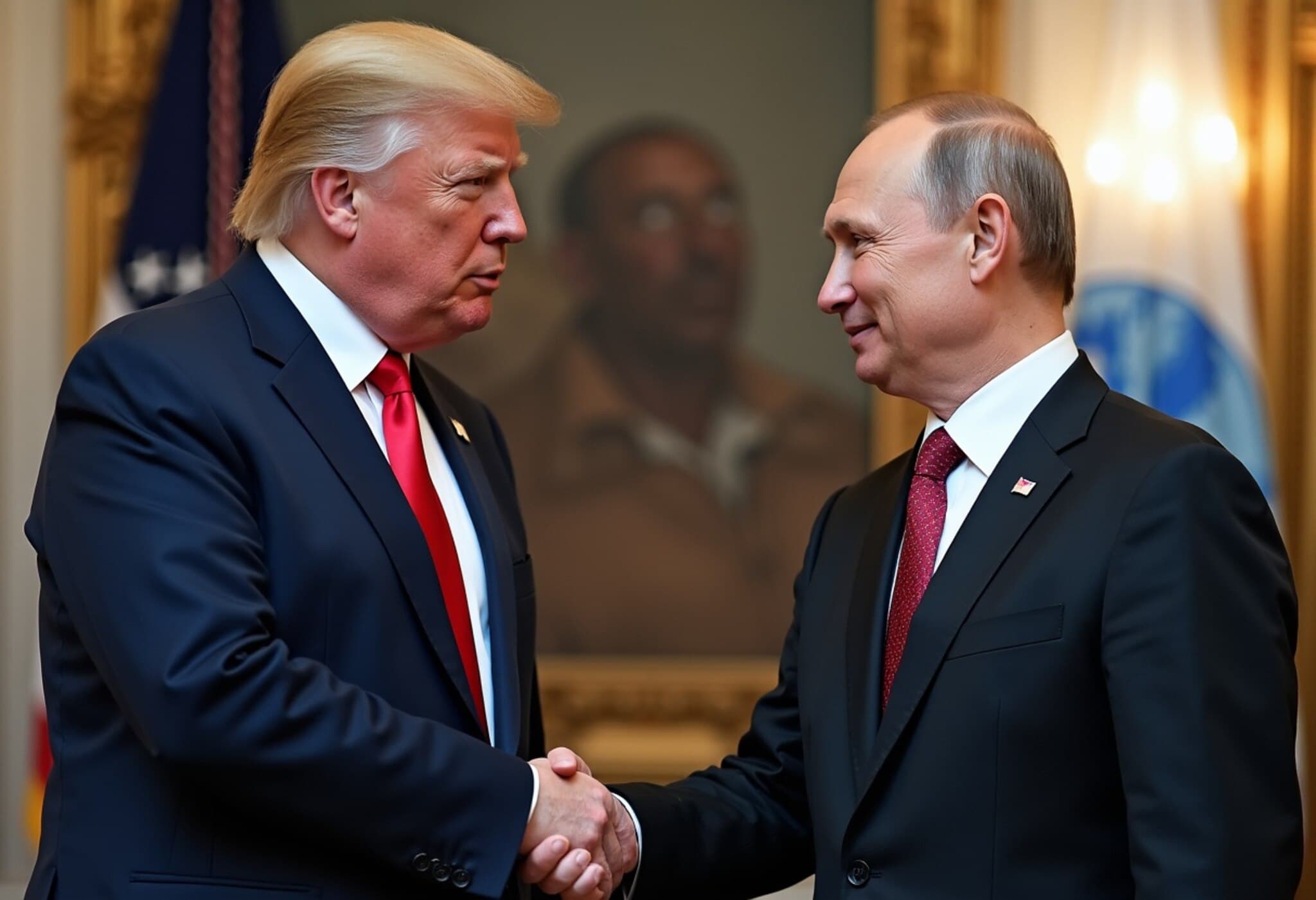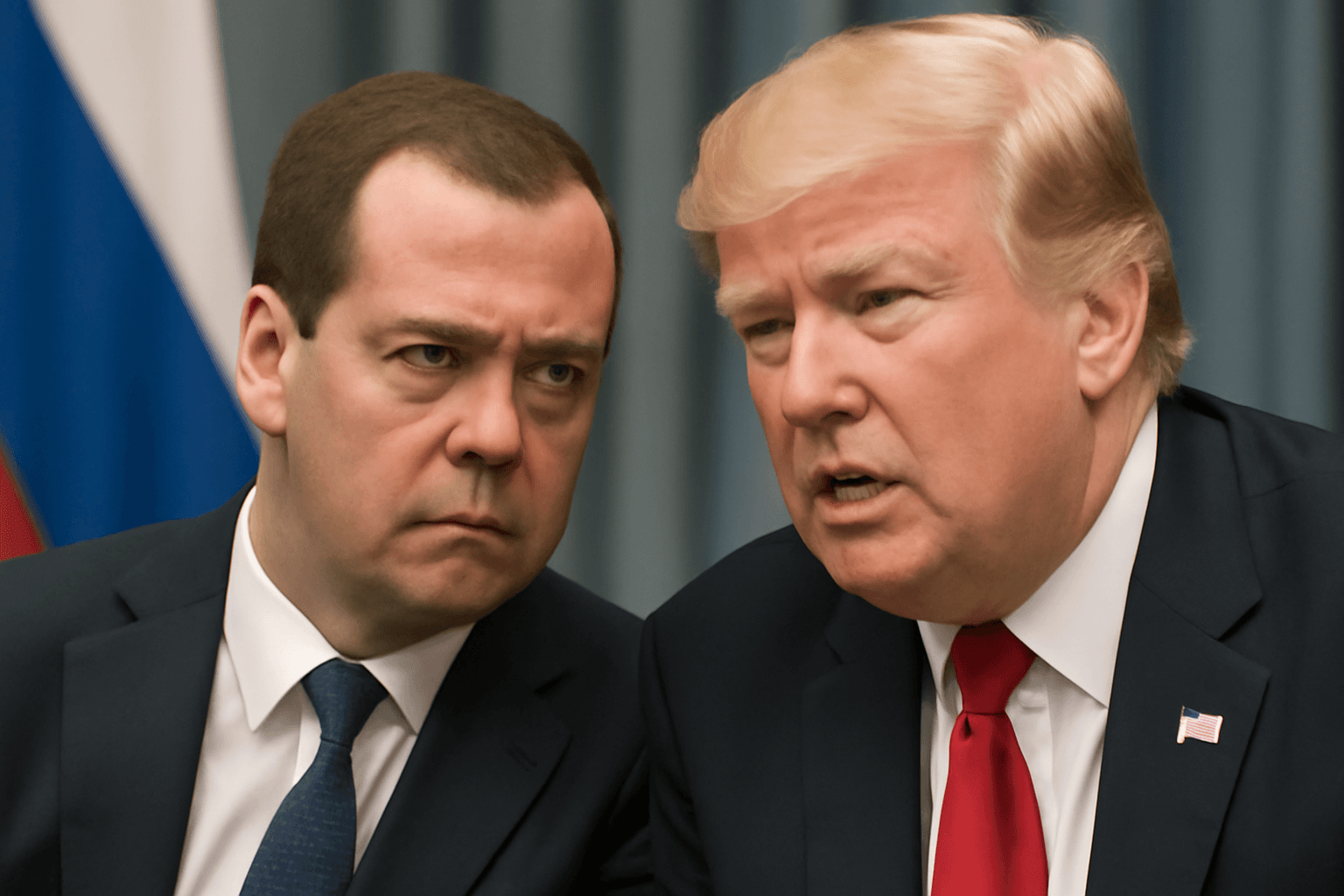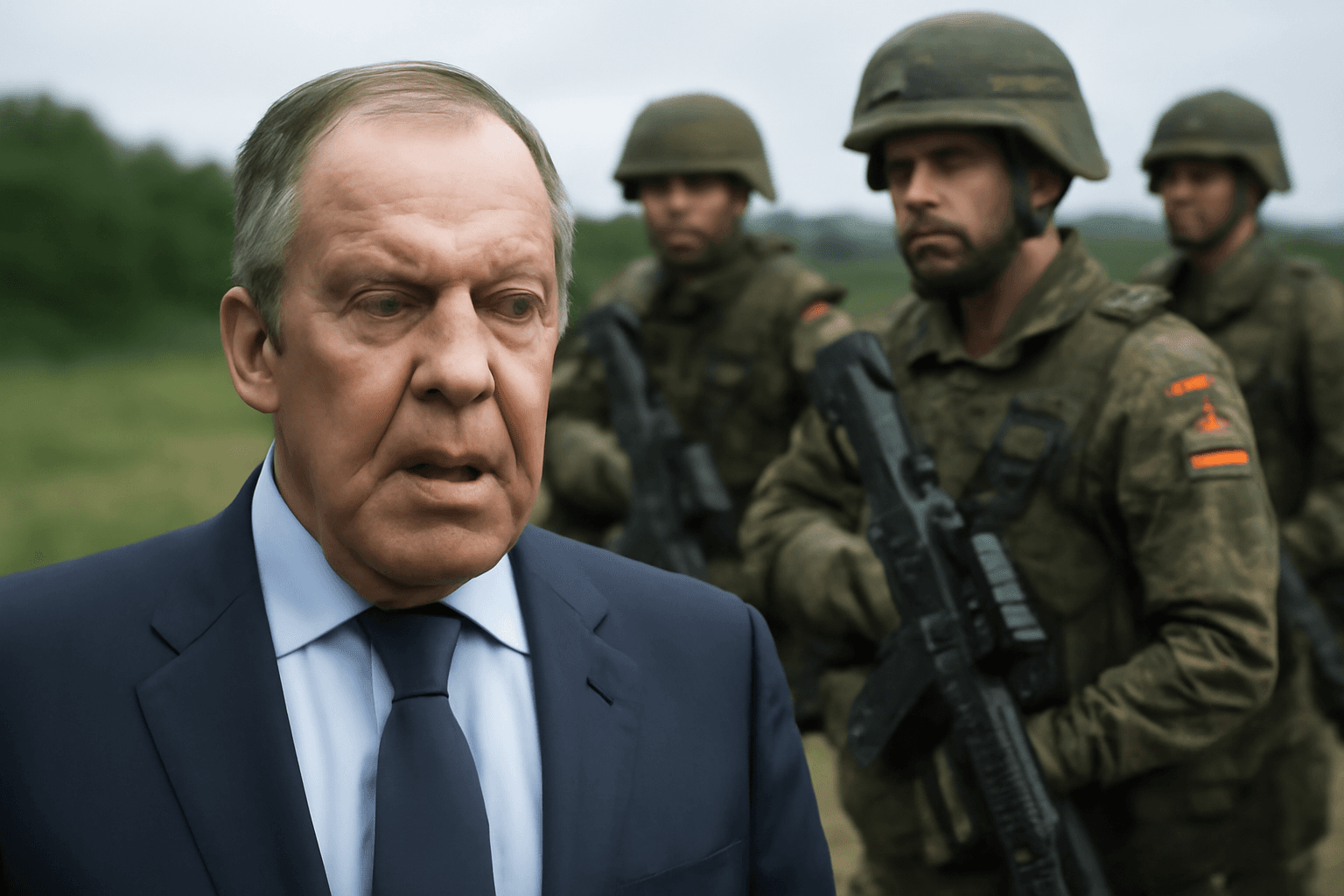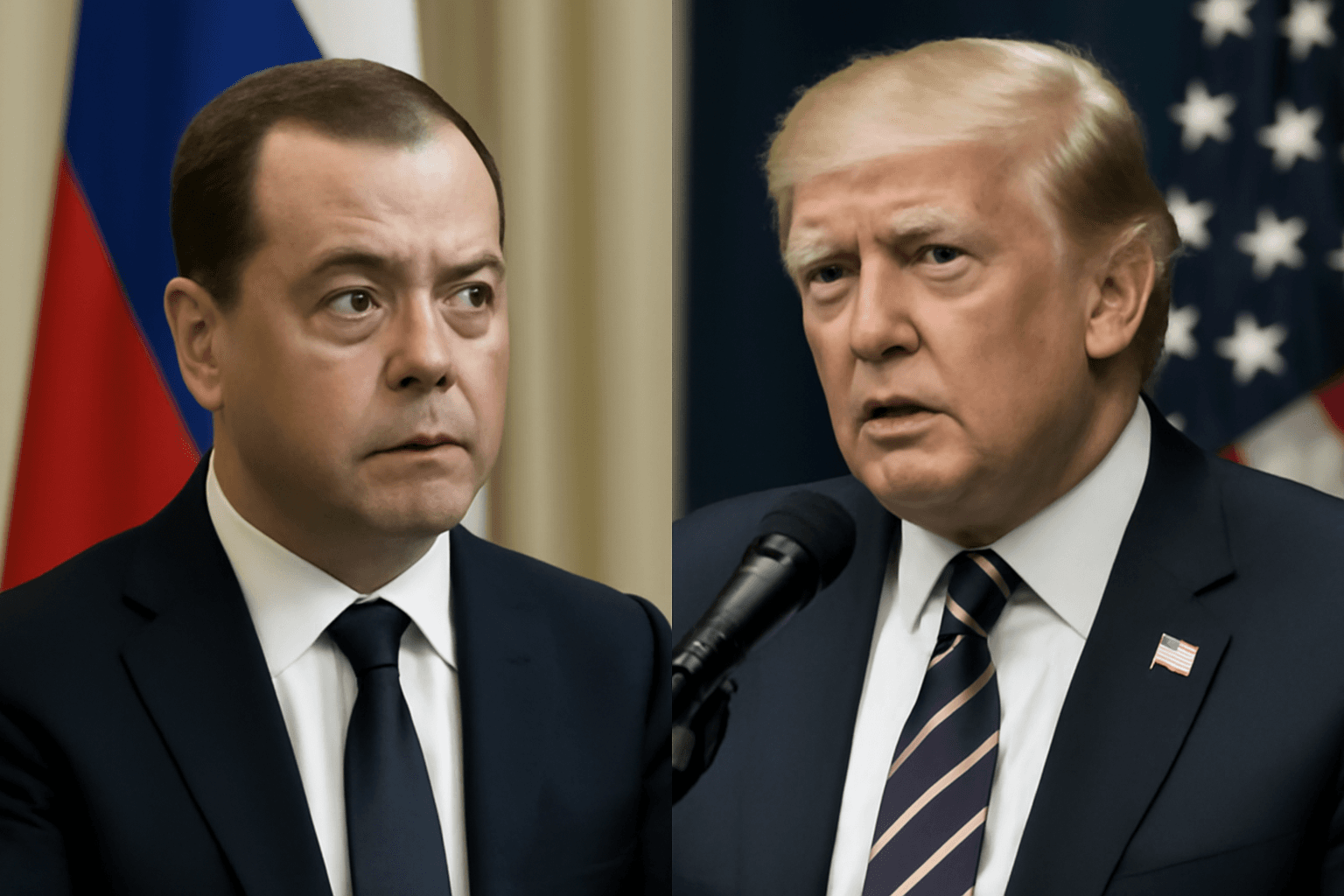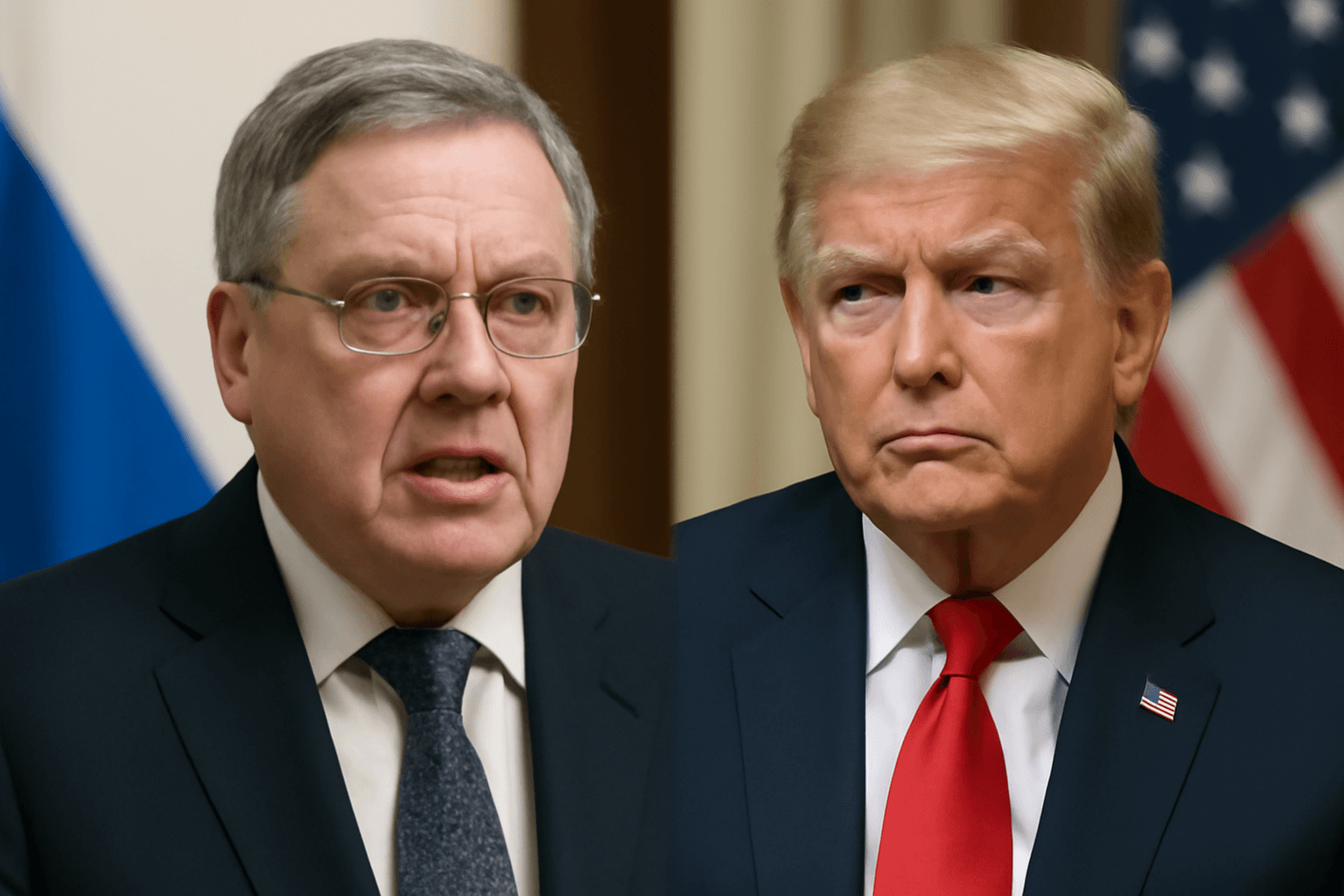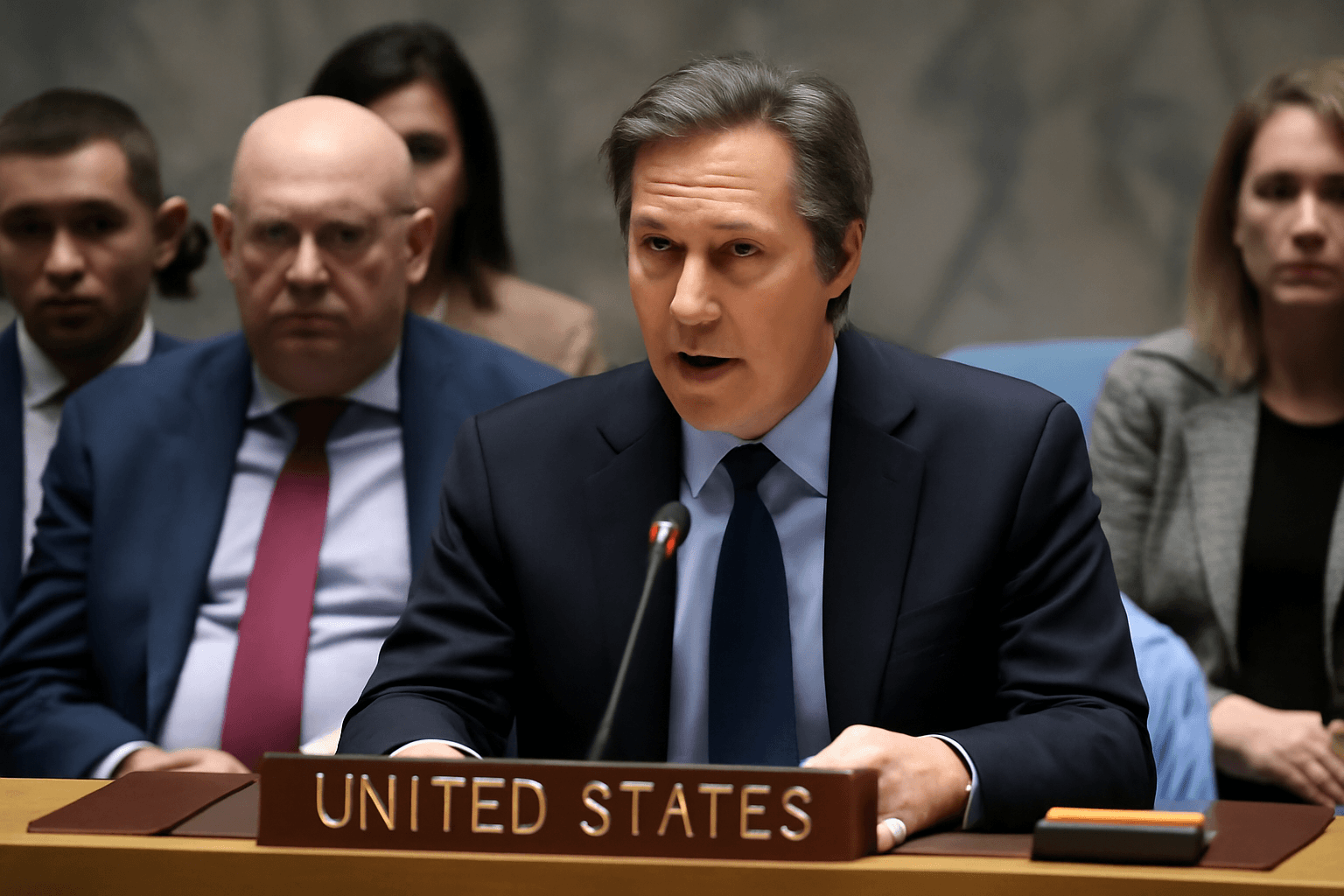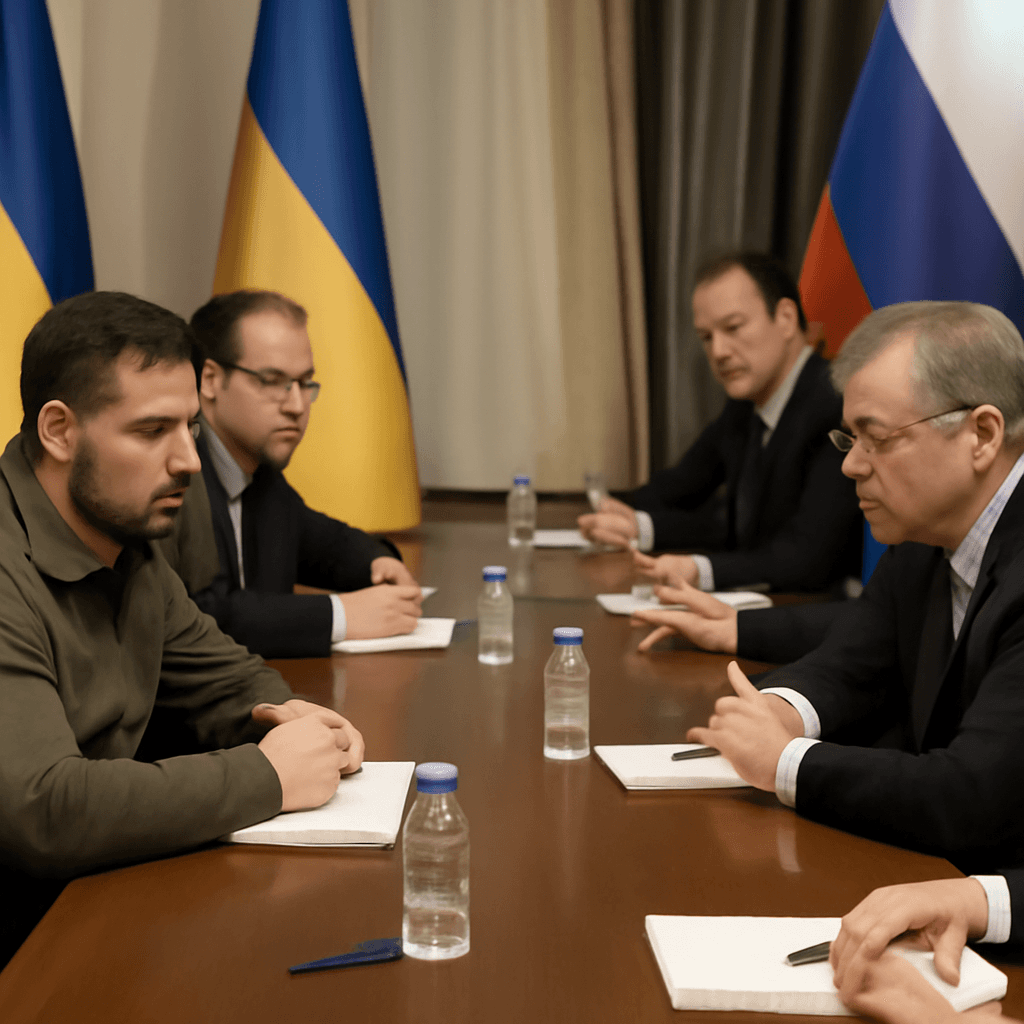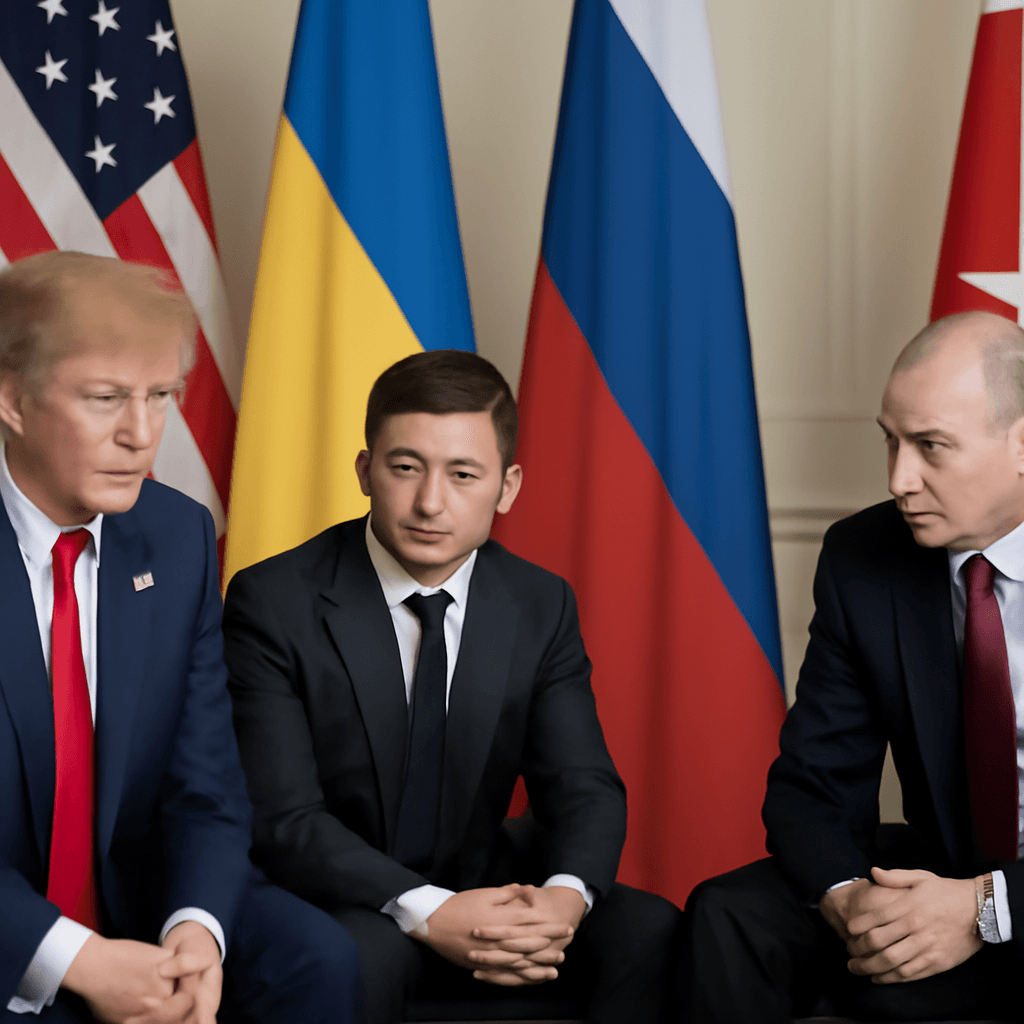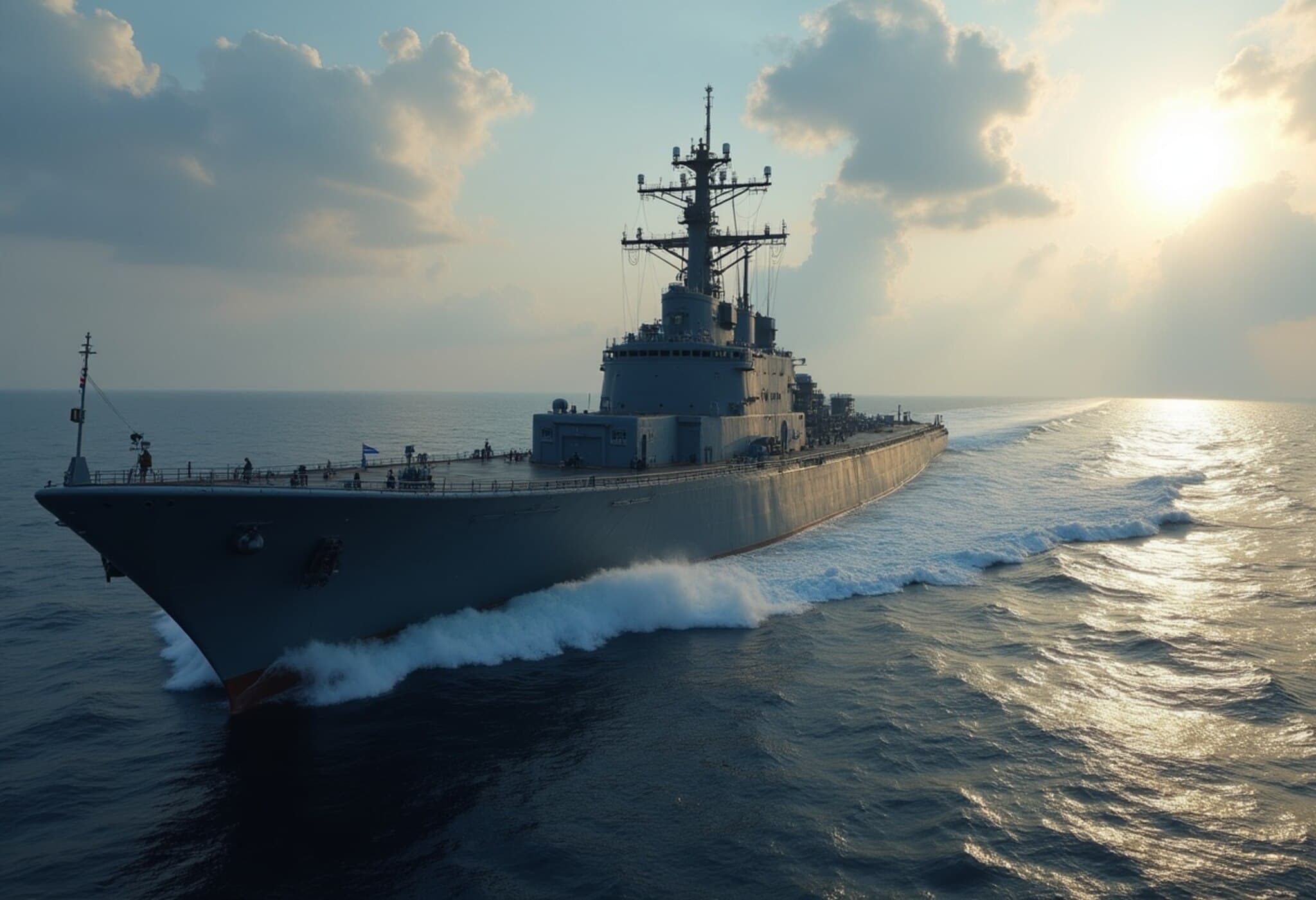US-Russia Nuclear Showdown Escalates After Provocative Remarks
In a sharp escalation of the ongoing geopolitical tensions between the United States and Russia, former US President Donald Trump announced on August 1, 2025, that he ordered the deployment of two nuclear submarines closer to Russian waters. This move comes as a direct response to recent inflammatory comments made by Dmitry Medvedev, Russia's deputy chairman of the Security Council and former president.
Triggering Remarks From Dmitry Medvedev
Medvedev, known for his increasingly hawkish stance since the 2022 Ukraine invasion, issued veiled threats referencing Russia's enduring Cold War-era nuclear capabilities. He cautioned Trump to "remember" Russia’s substantial nuclear strike potential, a clear signal amid the sharp rhetoric exchanged between the two leaders. Medvedev criticized Trump’s approach as a “game of ultimatums,” underscoring Moscow’s resolve amid calls for ceasefire and sanctions.
Trump's Ultimatum and Military Posturing
Earlier that week, Trump publicly gave Russia a 10-day deadline to agree to a ceasefire in Ukraine, threatening sweeping tariffs against Russia and any countries continuing to purchase Russian oil. Following Medvedev’s comments, Trump took to his social media platform, Truth Social, to announce the strategic repositioning of nuclear submarines, emphasizing, "Words are very important, and can often lead to unintended consequences." The move signals heightened alertness to potential escalation and mirrors Cold War-era brinkmanship.
Shifting US Russia Policy and International Context
Since assuming office in January 2025, Trump’s stance on Russia has oscillated significantly — from initially opposing military assistance to Ukraine to ultimately endorsing stronger support during the July NATO Summit. This inconsistency has contributed to uncertainty in Western responses to the war. Meanwhile, the Kremlin appears unmoved by Trump’s tariffs ultimatum, maintaining its original conditions for peace negotiations.
Expert Insight: The Risks of Nuclear Posturing
Geopolitical analysts warn that the redeployment of nuclear assets close to Russian waters—symbolic though it may be—risks exacerbating an already volatile situation. Dr. Elaine Spencer, a security studies expert at Georgetown University, explains, "While such moves serve as deterrents, they also carry the danger of miscalculation. Each escalation narrows the margin for diplomatic solutions, placing global security at risk."
Moreover, the dual nuclear sabers rattling underscores how legacy Cold War-era mentalities continue influencing contemporary conflicts, complicating efforts to de-escalate and resume dialogue.
Looking Ahead: What Does This Mean for the Ukraine Conflict?
- Diplomatic Volatility: The exchanges highlight a dangerous brinkmanship where rhetoric can rapidly spiral into military confrontation.
- Sanction Regimes: Trump’s threat to sanction not only Russia but also its oil buyers marks a potential shift towards broader economic pressure tactics.
- Alliance Unity: US-European friction over the handling of Ukraine aid reveals cracks that adversaries could exploit.
- Global Security Impact: Renewed nuclear posturing sets a concerning precedent in international diplomacy.
As the international community watches closely, the critical question remains: Will cooler heads prevail before words turn into irreversible actions?
Editor’s Note
The latest developments in US-Russia tensions underscore how nuclear deterrence and strategic signaling remain deeply woven into modern geopolitics. While military posturing may serve immediate political objectives, it simultaneously raises the stakes of global conflict. Readers should consider how these dynamics interact with broader international relations frameworks and the importance of sustained diplomatic engagement to avert unintended consequences.

